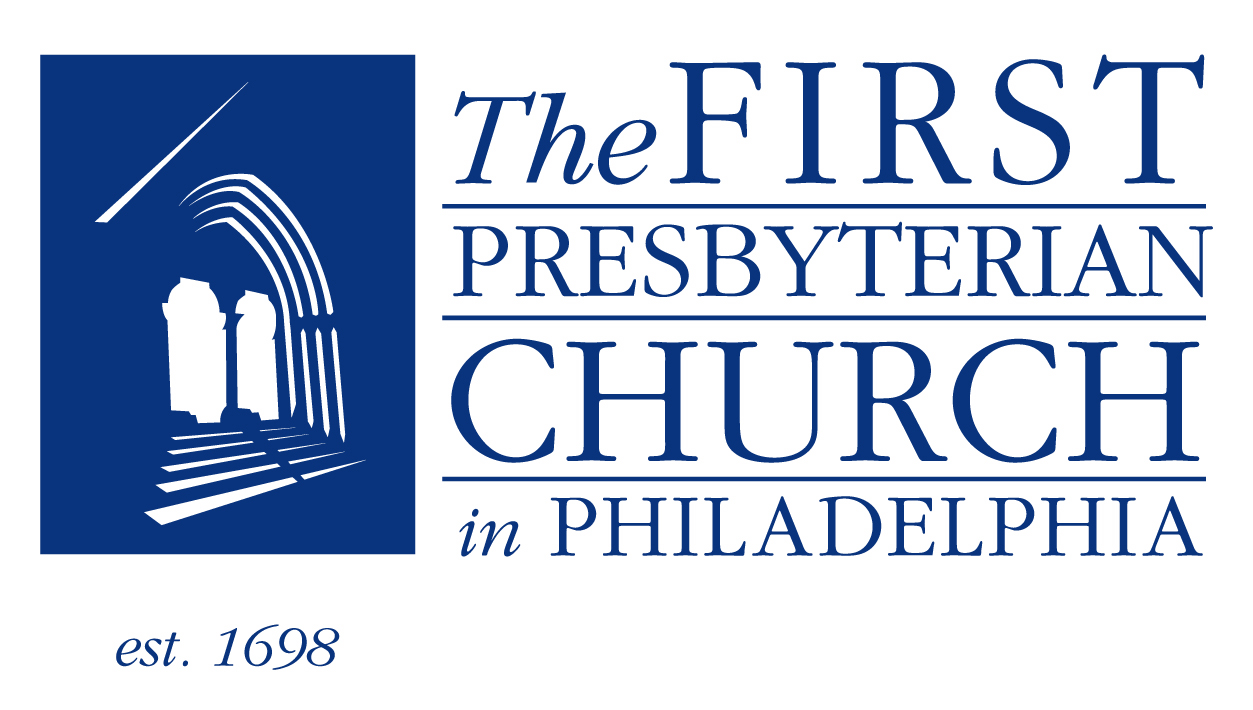Our Pipe Organ
Pipe organs were introduced into the worship of the historic First and Second Presbyterian churches in the late 1840s. W.B.D. Simmons of Boston provided the first instrument at a cost of $13,000. Contemporary accounts of the dedication on October 12, 1872, describe the organ standing in the gallery at the north end of the church while worship was conducted at the opposite end of the nave. This orientation of music and worship was the usual plan in Philadelphia churches of that day. The organ, with 44 stops and 2880 pipes was in two sections, the great and swell compartments being on the west, and the choir and pedal on the east side of the 5-lance Gothic window in the Walnut Street wall. The case was designed by the architect, Henry Augustus Sims, who also designed the church building itself.
Church records reveal that a gas engine was installed in 1898 to power the blower. Electric lights arrived in 1898. Increasing costs of repairs led to a decision in 1903 to replace the existing organ with a 4-manual organ acquired from the Hutchings-Votey Organ Company of Boston at a cost of $23,000. With the consent of the church, the builder connected the two parts of the gallery organ, which closed completely the large Gothic window on Walnut Street. It remained closed for 94 years.
In 1927 the Austin Organ Company made extensive revisions to the organ. During this time the organ console and choir continued to occupy the gallery. A strong music program thrived under the direction of Alexander McCurdy.
In 1954 a major change occurred. Following the union of First and Second Presbyterian churches (adopting the title of First Church, but occupying the building of Second Church), the choir and organ console were moved to the chancel as part of a redesign by architect Harold Wagoner. At this time, a new organ was added in the transept area for choir accompaniment and for some special antiphonal effects. The new organ was constructed by the M.P. Moeller Company.
In 1998 significant problems with the gallery organ prompted an assessment of the instrument. The Reuter Organ Company of Lawrence, Kansas, was engaged to rebuild the gallery organ, using what was salvageable from the old instrument and augmenting it with new pipes. Andrew Fletcher of Birmingham, England, gave the dedicatory recital on October 21, 2000.
The rebuilt organ is the result of close collaboration between the church and the Reuter Organ Company. It can be described as a clearly American organ with a distinct English flavor. With its new wind chests, a combination of refurbished old pipes, and high quality new pipes, the organ has received national acclaim. It was used extensively in the competition held in conjunction with the annual meeting of the American Guild of Organists, held in Philadelphia in July 2001.
The Chancel Organ, built in 1954, was fashioned along more classical lines, as was prevalent at the time. Because of this tonal scheme, it caused difficulty in both accompanying the choir (lacking suitable accompaniment stops) and in cohering tonally with the Gallery organ. Between 2011-2012 tonal modifications were made, retaining the M.P. Moeller chests and actions, but replacing many of the stops with pipework from two older redundant organs in the city. The work was carried out by Emery Brothers, Inc., the curators of the organ.

